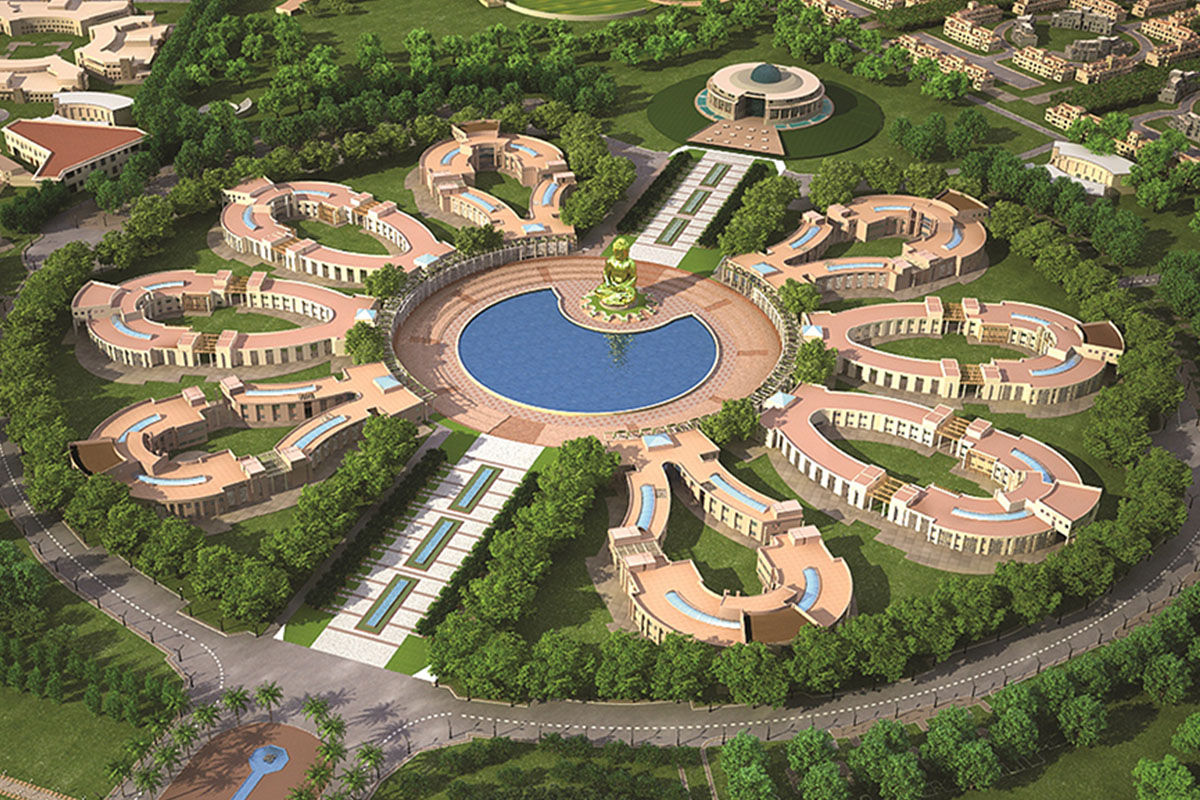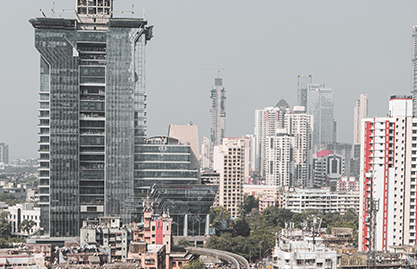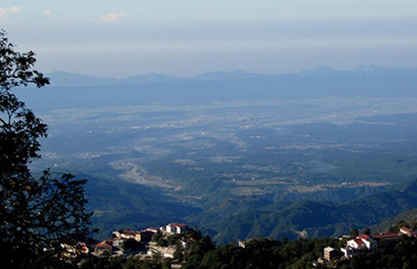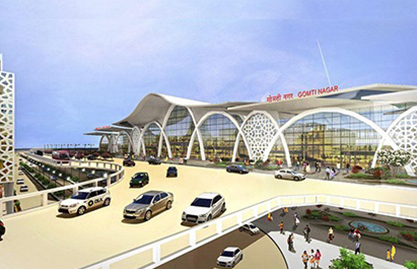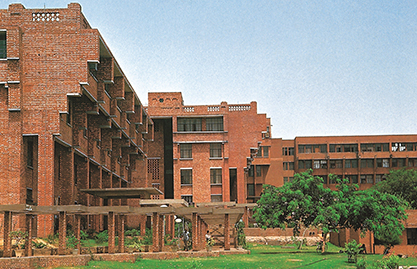How Can India Push Its Infrastructural Growth to the Next Level
The key to India's transformation from a developing nation to a developed one lies in strengthening its infrastructure across sectors, be it power, transportation or commercial infrastructure. This development will not only improve trade and commerce but also lead to socio-cultural developments in the country. All this, in turn, will drive India's economic growth.
Current Infrastructure Scenario in India
Over the last seven to eight years, we have witnessed a great impetus on infrastructural development in the country. The government has implemented stringent monitoring systems across project life cycles, countering frequent project delays and yielding results within the stipulated timeline.
Even post the pandemic, the government's push on infrastructure through various schemes introduced in the country's recent budget has had rewarding results across sectors – from telecom and power to transportation to inland waterways.
Issues Impacting India's Infrastructural Growth
One of the critical challenges that negatively impacts India's infrastructural development is that in prioritising newer infrastructural projects, the state and central administrations can lose track of ongoing projects and development schemes. This causes delays and poor implementation of such projects.
Additionally, approval processes have statutory complications, which can cause extraordinary delays and choke infrastructure projects with high potential. Also, development schemes are often announced without a clear pre-study of their ecological, social or cultural impacts, which can negatively affect the environment and the local population.
Moreover, the fact that tenders for infrastructure projects are still awarded on the lowest-bid basis – at the cost of better quality of craftsmanship, technology, and skilled professionals – can be detrimental. This delays project execution and may also lead to faults during project operation.
Useful Resources: Architecture Company in Delhi | Master Planning Architecture Firms
Strengths that India Can Capitalise On
India has remained financially stable for the longest time as a free nation. Therefore, monetary issues haven't extensively impacted the implementation of development projects in the country. While there can be regulatory delays in aspects such as fund allocation, once projects are planned and introduced through central and state government schemes, they bear fruition.
Furthermore, as a democracy, we have a progressive alignment in policies and thoughts between the centre and state governments. Thus, political establishments across different ideologies have been able to realise infrastructure projects successfully – this remains a crucial aspect of India's development.
Today, our country also has all the resources to create state-of-the-art infrastructure – a young population, a substantial skilled workforce and availability of the latest technology and new-age materials.
The Way Forward
The impetus for infrastructural development in India is already in place. For instance, the central government's recently-launched ambitious policy – 'GatiShakti– National Master Plan for Modal Connectivity" – is a breakthrough programme that will bring together sixteen government ministries for the country's integrated development of connectivity infrastructure.
Such projects can be time-taking, and therefore, it is vital to cultivate a global outlook and a long-term mindset to reap the best dividends. Further, governments should work towards further easing statutory norms to ease project implementation. Sustainable and inclusive development should also be ensured by assessing and countering the proposed projects' negative impacts on the local ecology and people. Finally, to ensure Indian infrastructure is at par globally, projects should be awarded to agencies after carefully assessing their experience, skill and ability to deliver quality infrastructure.


